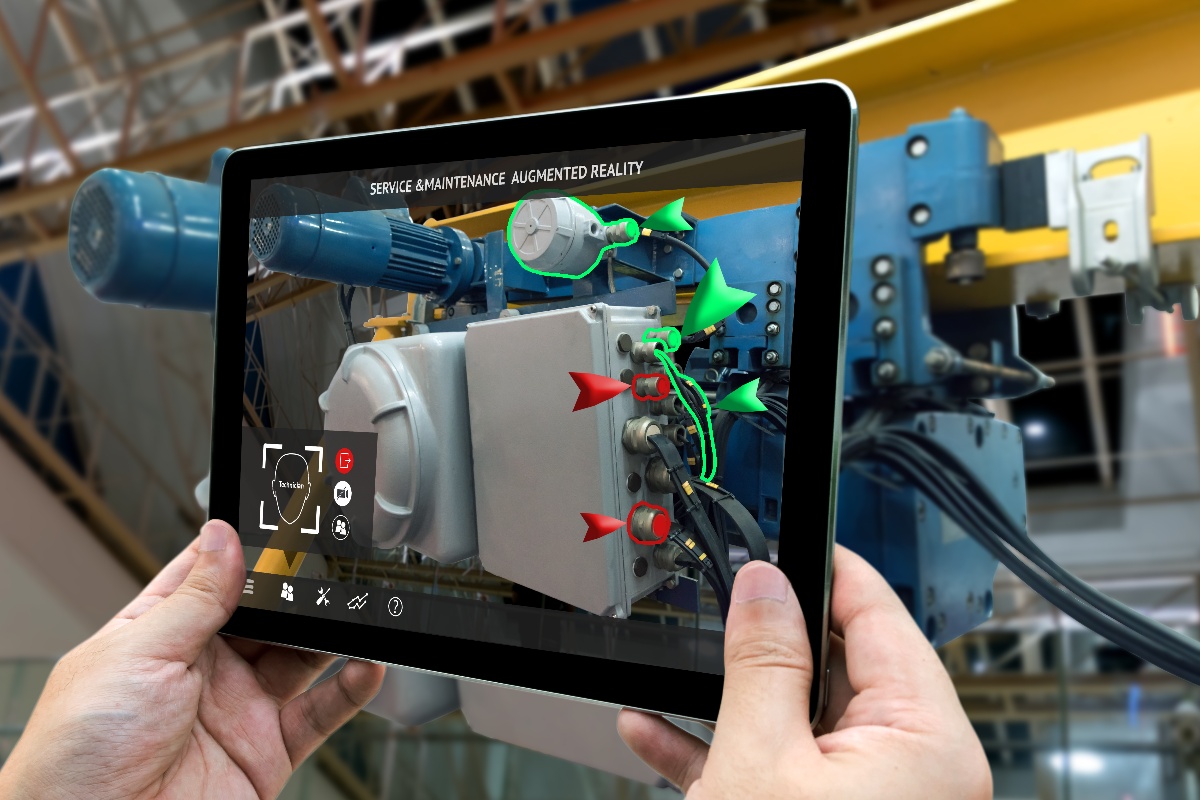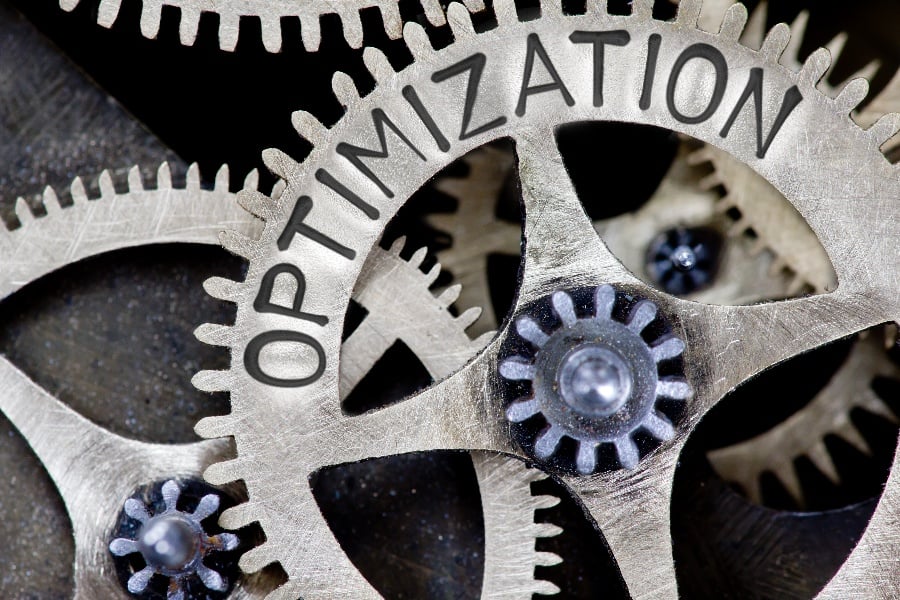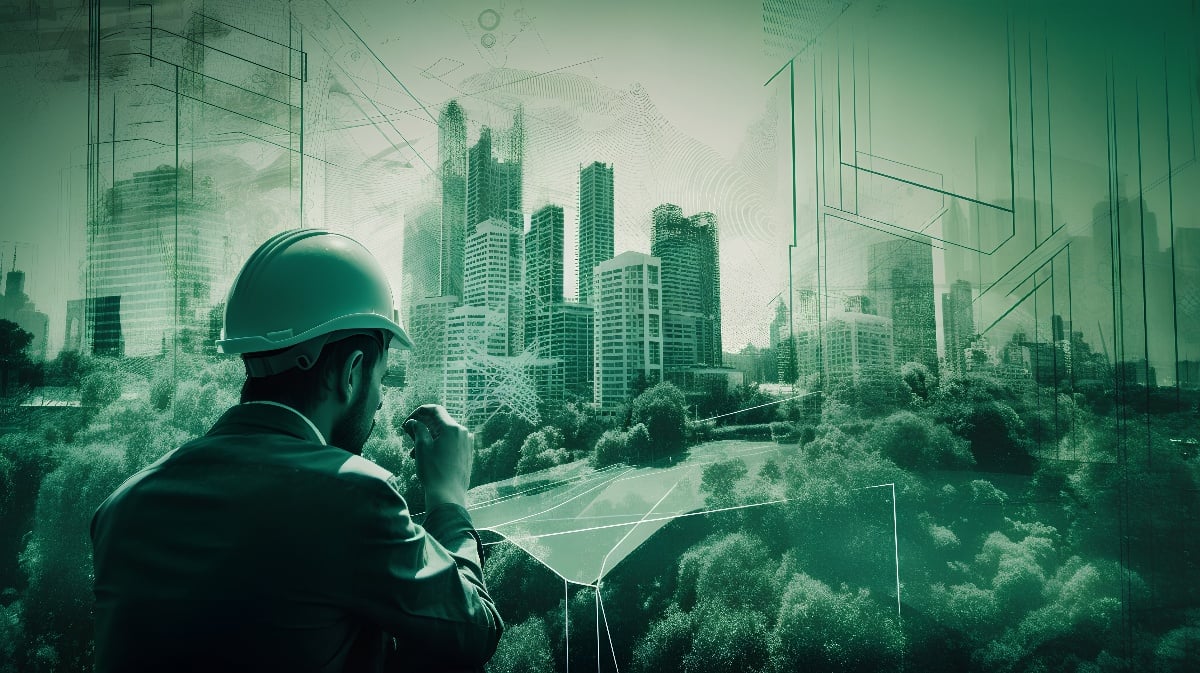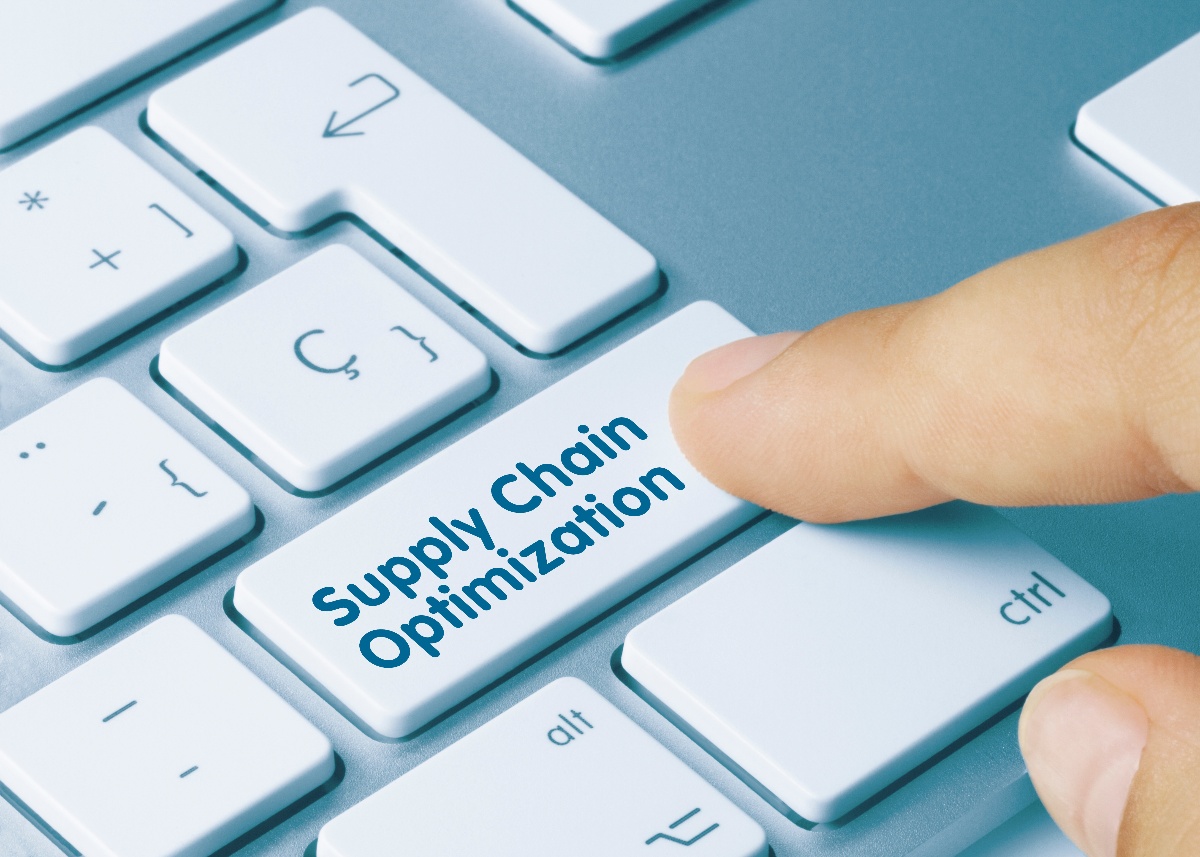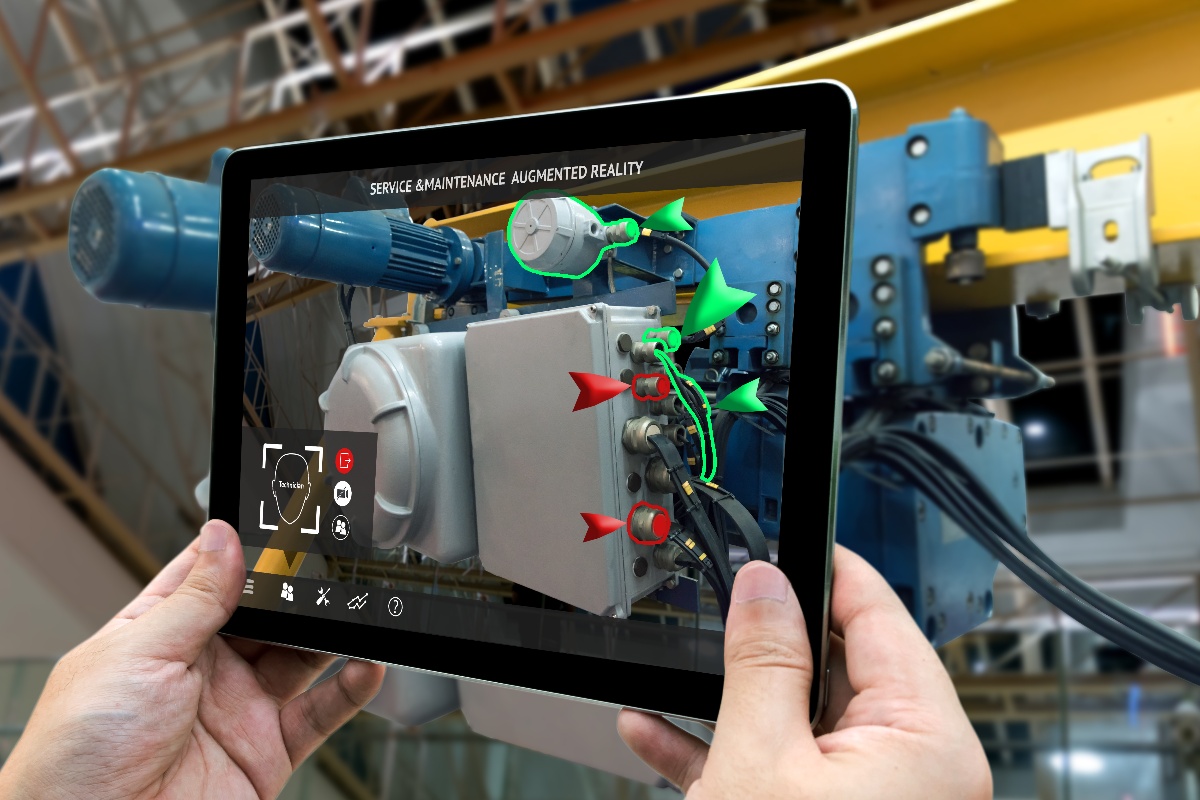
Technical assistance is the backbone of any manufacturing unit. Whether it's troubleshooting equipment malfunctions, optimizing production processes, or training workers on new machinery, the need for expert guidance is paramount. Without timely and efficient technical support, manufacturing units risk production delays, decreased product quality, and financial losses. As industries evolve with rapid technological advancements, the nature and complexity of technical challenges also evolve, making technical assistance not just beneficial but indispensable.
Traditional models of expert support often rely on on-site presence. This means that for every hiccup or challenge, an expert must be physically present at the location to diagnose and remedy the issue. In large-scale manufacturing units, where processes are spread across vast areas or even multiple locations, this poses a significant challenge where augmented reality (AR) can help.
This article dives deep into the transformative potential of AR, examining its capabilities in addressing common manufacturing issues and heralding a new era of precision, speed, and efficacy in production.
Manufacturing Complexities and Technical Support
Manufacturing isn't just about producing goods; it's a complex orchestration of machinery, human resources, raw materials, and technology. Modern manufacturing units often integrate advanced technologies like robotics, automation, and IoT, making the operations intricate. The scale of these units, especially in the age of mass production, is vast. With hundreds or even thousands of machines working in tandem, the room for error or malfunction is minuscule, but the impact of such errors is massive.
Relying solely on on-site expert consultations in such expansive setups is fraught with inefficiencies. There's the logistical challenge and cost of moving experts across units or even geographies. Then there's the issue of downtime. While a production line waits for an expert to arrive, precious operational hours are lost, leading to potential revenue loss and disrupted supply chains. In scenarios where specialized equipment or technology is used, the wait for a specific expert can be even longer. These delays, coupled with the costs of travel and accommodation for experts, can make the traditional model of technical support financially burdensome and operationally inefficient.
The Transition to Remote Support in Manufacturing
The digital era has ushered in a multitude of solutions for industries, and manufacturing is no exception. Remote support, powered by the internet and innovative software solutions, has become a beacon of hope for manufacturing units grappling with the challenges of traditional technical assistance. Through remote solutions, experts can now diagnose issues, guide on-site technicians, and even train staff without being physically present. This not only reduces the costs associated with travel and potential downtime but also ensures that assistance is available at the click of a button, irrespective of geographical boundaries.
While remote support heralds a new era of efficiency, relying purely on voice communication has its limitations. Manufacturing processes, by their nature, are visual. A technician describing an issue over a call might miss out on critical details, leading to a misdiagnosis or prolonged resolution times. Furthermore, the nuanced intricacies of machinery or specific parts might be challenging to convey through words alone. While voice communication bridges some gaps, it doesn't fully encapsulate the visual and tactile nuances required for comprehensive technical support in manufacturing.
Harnessing Augmented Reality (AR) for Manufacturing Support
Augmented Reality has been making waves across industries, and its potential in manufacturing is nothing short of revolutionary. At its core, AR overlays digital information on the real world, enabling users to interact with both simultaneously. In a manufacturing context, this means that experts can not only see what the on-site technician sees but can also overlay instructions, diagrams, and critical data directly onto the real-world view.
Consider a scenario where a machine malfunctions. Instead of relying on descriptions or video feeds, an expert can use AR to guide the technician in real-time. They can highlight specific components, overlay step-by-step repair instructions, or even simulate the correct operational procedure—all while the technician views the machine through AR glasses or devices.
This not only speeds up the resolution process but also ensures accuracy and safety. Furthermore, AR can be used for proactive measures like training. New staff can be trained on machinery using AR overlays, showing them correct procedures, safety guidelines, and operational best practices. Thus, AR doesn't just address glitches; it provides a comprehensive tool to elevate the entire manufacturing process.
Tangible Benefits of AR in Manufacturing
One of the most significant advantages of AR in manufacturing is its ability to facilitate real-time troubleshooting. In traditional scenarios, diagnosing a problem could take hours or even days, particularly if specialized expertise was needed on-site. With AR, experts can view the problem remotely, provide immediate feedback, and guide on-site technicians through the repair process step by step. This immediacy drastically reduces the time taken to address and rectify issues, ensuring that production cycles remain consistent and efficient.
With AR's swift troubleshooting capabilities, the duration and frequency of halts are minimized. This consistency ensures that product quality remains high, and the costs associated with extensive downtime, such as wasted materials or increased labor hours, are significantly reduced.
AR-integrated Knowledge Bases
AR's potential isn't limited to just real-time interactions; it can be seamlessly integrated with knowledge bases crafted explicitly for manufacturing. Imagine a technician facing an unfamiliar issue. With AR, they can instantly access a database of similar problems, solutions, and best practices, all overlaid directly on their field of view. This synergy ensures that even without real-time expert intervention, staff on the ground have a wealth of information at their fingertips, tailored to their immediate needs.
Additionally, with AR-integrated knowledge bases, floor managers and technicians are empowered like never before. Whether it's accessing maintenance schedules, understanding the nuances of a machine part, or even checking inventory levels in real-time, AR provides immediate insights. This level of access not only refines the day-to-day operations but also facilitates better decision-making, proactive problem-solving, and a more streamlined manufacturing process as a whole.
The integration of Augmented Reality into the manufacturing sector is not just a trend but a revolutionary step towards the future of production. By harnessing the power of AR, manufacturers are poised to not only mitigate issues but also redefine the parameters of what's achievable on the production floor.

